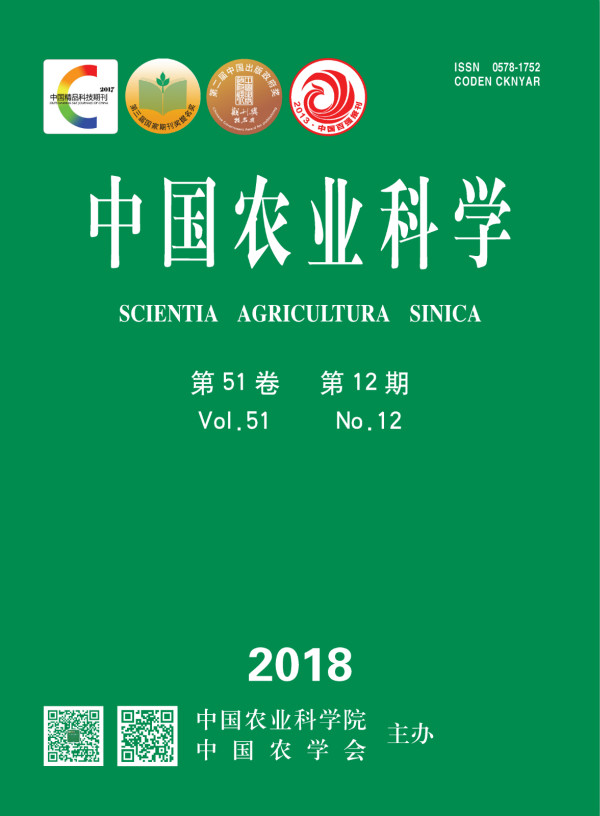-
Leaf Nutritional Diagnosis of Powell Navel Orange at Flowering Stage in Chongqing Three Gorges Reservoir Area
- ZHENG YongQiang, WANG Ya, YANG Qiong, JIA XueMei, HE ShaoLan, DENG Lie, XIE RangJin, YI ShiLai, Lü Qiang, MA YanYan
-
Scientia Agricultura Sinica. 2018, 51(12):
2378-2390.
doi:10.3864/j.issn.0578-1752.2018.12.014
-
 Abstract
(
454 )
Abstract
(
454 )
 HTML
(
8 )
HTML
(
8 )
 PDF (396KB)
(
592
)
PDF (396KB)
(
592
)
 Save
Save
-
References |
Related Articles |
Metrics
【Objective】 The objective of this study is to evaluate leaf nutritional status by investigating the mineral elements content in the leaves of Powell navel orange orchard at flowering stage in Jiangjin and Fengjie regions of Chongqing in the Three Gorges Reservoir Area, and to provide a basis for formulating fertilization scheme of Powell navel orange. 【Method】 Field experiments were conducted in the forty representative 12-year-old Powell navel orange plots from Jiangjin and Fengjie regions in Chongqing Three Gorges Reservoir. The plot yield and content of nitrogen (N), phosphorus (P), potassium (K), calcium (Ca), magnesium (Mg), iron (Fe), copper (Cu), manganese (Mn), zinc (Zn) were measured. The compositional nutrient diagnosis (CND), diagnosis and recommendation integrated system (DRIS), and deviation from optimum percentage (DOP) methods were used to diagnose the leaf nutritional status for the low-yield groups. 【Result】 The leaf analysis of CND indicated that the yield cutoff value of high-yield orchard was 330 t·hm-2, only 6 plots from Fengjie fulfilled this criterion, accounting for 15.0% of 40 plots. The leaf nutrition optimum values at flowering stage were N (2.0±0.1) %, P (0.12±0.01) %, K (2.1±0.5) %, Ca (3.1±0.4) g·kg-1 DW, Mg (0.31±0.03) g·kg-1 DW, Fe (36.6±13.1) mg·kg-1 DW, Mn (51.4±21.6) mg·kg-1 DW, Cu (2.2±0.7) mg·kg-1 DW and Zn (12.3±1.5) mg·kg-1 DW according to the leaf nutrition concentration in Fengjie high-yield group. The CND norms had been established with VN*=3.62±0.07, VP*=0.78±0.08, VK*=1.36±0.21, VCa*=1.74±0.14, VMg*=-0.55±0.10, VFe*=-2.74±0.36, VMn*=-2.40±0.39, VCu*=-5.55±0.32, VZn*=-3.78±0.10, respectively. Meanwhile, there were 30 (N/K, N/Fe, N/Cu, P/K, P/Fe, P/Cu, K/Fe, K/Cu, Ca/N, Ca/P, Ca/K, Ca/Fe, Ca/Mn, Ca/Cu, Mg/N, Mg/P, Mg/K, Mg/Fe, Mg/Cu, Mn/N, Mn/P, Mn/K, Mn/Mg, Mn/Fe, Mn/Cu, Mn/Zn, Zn/Ca, Zn/Mg, Zn/Fe, Zn/Cu) and 14 (Ca/K, Mg/K, Mg/Zn, Mn/N, Mn/P, Mn/K, Mn/Ca, Mn/Mg, Mn/Fe, Mn/Cu, Cu/P, Cu/K, Cu/Mg, Cu/Fe) important DRIS norms in Jiangjin and Fengjie regions by DRIS method, respectively. Moreover, CND, DRIS, and DOP were used for the leaf nutrition diagnosis in producing the low-yield subpopulation of Fengjie plots and Jiangjin region. Among them, the fertilization order was confirmed with Ca>Mg>N>P>Mn in Jiangjin region and N>Ca>P>Zn>Fe>Mn in Fengjie region by CND method; Ca>Mg>>Mn>N>P in Jiangjin region and Zn>>Fe>Ca>Mn>N>Mg in Fengjie region by DRIS method; Ca>Mn>Mg in Jiangjin region and Mn>>Zn>Fe>Ca>Mg>N in Fengjie region by DOP method.【Conclusion】The average nutrient balance index of CND, DRIS and DOP was 166.5, 4 291.0, and 117.5 in Jiangjin region, respectively. the average nutrient balance index of CND, DRIS and DOP was 37.2, 570.0, and 14.1, respectively. The leaf nutritional status in Fengjie region was superior to that in Jiangjin region, and both areas had a great potential of production.









